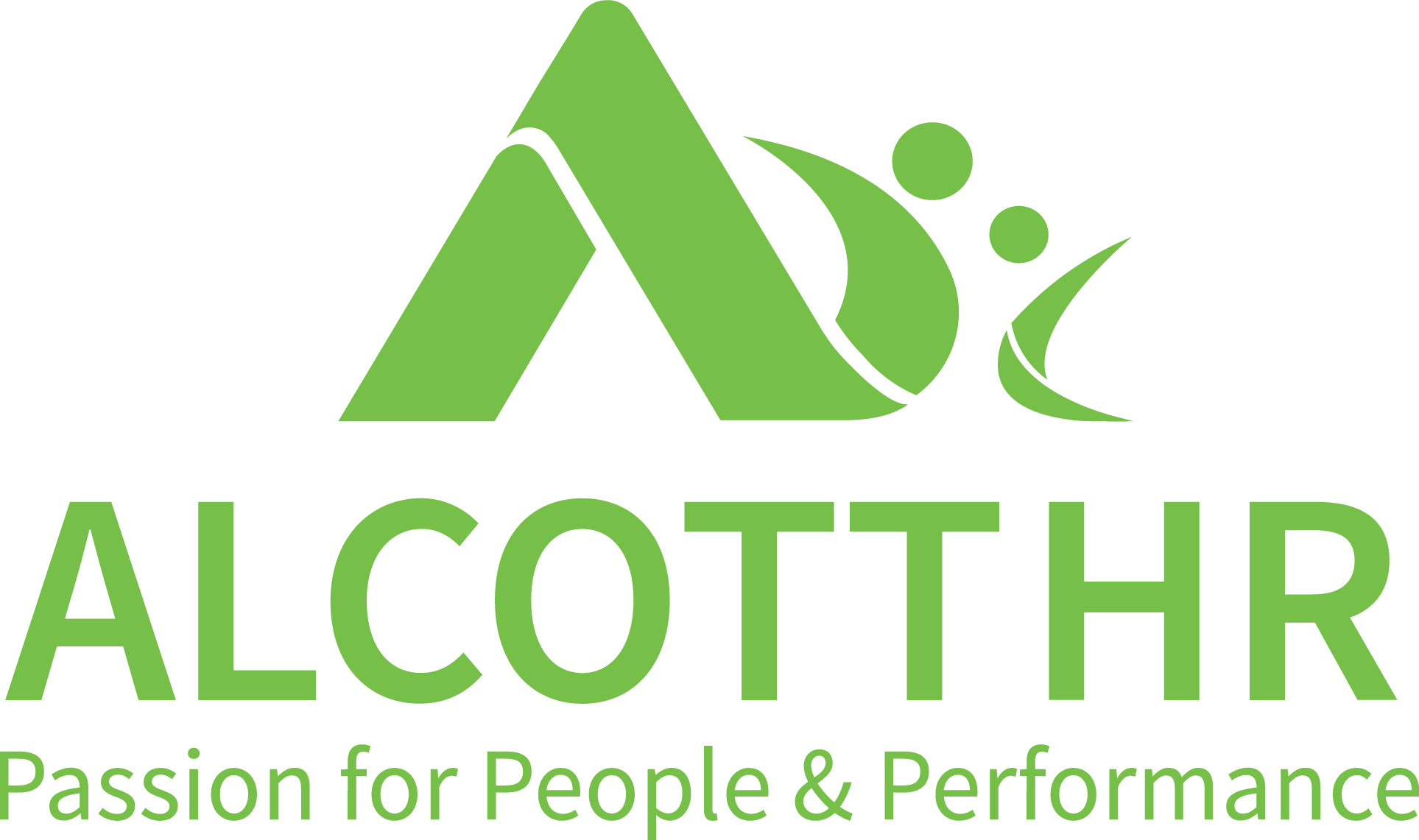Had an Employee Ghost You After the First Day of Work?

One of the worst things that can happen after a long hiring search is to receive an update from a new hire saying that that they are quitting after their first week or first DAY of work. “This role and the environment here are just not what I expected,” are not the words anyone wants to hear. Even worse, they stop showing up to work without notice. This could happen because of a variety of factors, but it is very likely that the onboarding experience that they had did not meet their expectations.
Efforts to create a positive onboarding experience need to begin a lot sooner than the employee’s first day of work. As soon as an employment offer is accepted, onboarding should begin. Keeping in touch with the new hire during every step of the process is a must. Inform them once their background check is completed, apprise them of any onboarding documents that need to be filled out, and provide them visibility into what is being planned for them their first week of work.
If there is a long duration between offer and start date, be sure to check in on a weekly basis. A few days before their start date send an email with all of the details they will need to prepare for their first day including office address, directions for entering the building, and who
to ask for when they arrive. If the position is virtual, make sure they are aware of when and how they will receive their equipment, and provide
them a list of what information they will need to have available for their first day.
In addition, work internally to prepare an onboarding schedule for their first week so their time is organized and productive. This ensures that
they have all the key conversations and training needed to get started. Depending on how resources are allocated, these tasks can be handled by the recruitment/HR team, the employee’s new manager, or a combination of the two.
Dr. Taylor Butler from the SHRM Foundation identified four key areas to ensuring a successful onboarding program.
Easy to remember, she calls them the four C’s:
1. Compliance:
It is important to ensure that the employee has access to all key policies within the company on day one. This includes personal conduct standards, security, and a copy of the employee handbook. Make sure all paperwork has been completed and the employee has clear visibility on when they can enroll in things like employee health benefits and retirement plans. Setting aside for a moment, the typical risk and liability problems associated with improper compliance, failure to execute in this area, can make your whole company look disorganized and be a huge turn-off to new employees.
2. Clarification:
The goal is to clarify realistic performance expectations and responsibilities. This should cover all job specific details of what is expected of them and provide a training plan that both the new employee and all team members involved are aware of. This is important not just during onboarding but from the minute you write down a new job description. If expectations about what a new job entails are misaligned, you’ll just end up wasting both your and the new employee’s time.
3. Culture:
Help the new employee to get a better understanding of the company culture and environment. For example, plan team/office bonding activities and have regular companywide meetings to discuss company news and goals. It’s more than just “we have pizza on Friday’s here.” Ensure you’re showing new employees what makes your organization special right from the beginning.
4. Connection:
Establish relationships and networks internally. This is a great opportunity to set up a team lunch during their first week, so they get to know their teammates, and have set times for them to meet with key members of each department. Ensure they have a solid understanding of who they can reach out to for questions. It can be tough to introduce yourself to new people, even in a work setting. Go above and beyond to make introductions as easy as you possibly can, because everyone wants to feel like they fit in. If new hires don’t feel like they belong, then they will find somewhere else that they do.
Many members of internal teams including recruitment, HR, hiring managers and companywide leadership need to be involved in creating a positive onboarding experience. Make sure everyone is on the same page with expectations and goals for new hires and remember you don’t get a second chance at a first impression.
Written by
Kelly Sundberg

